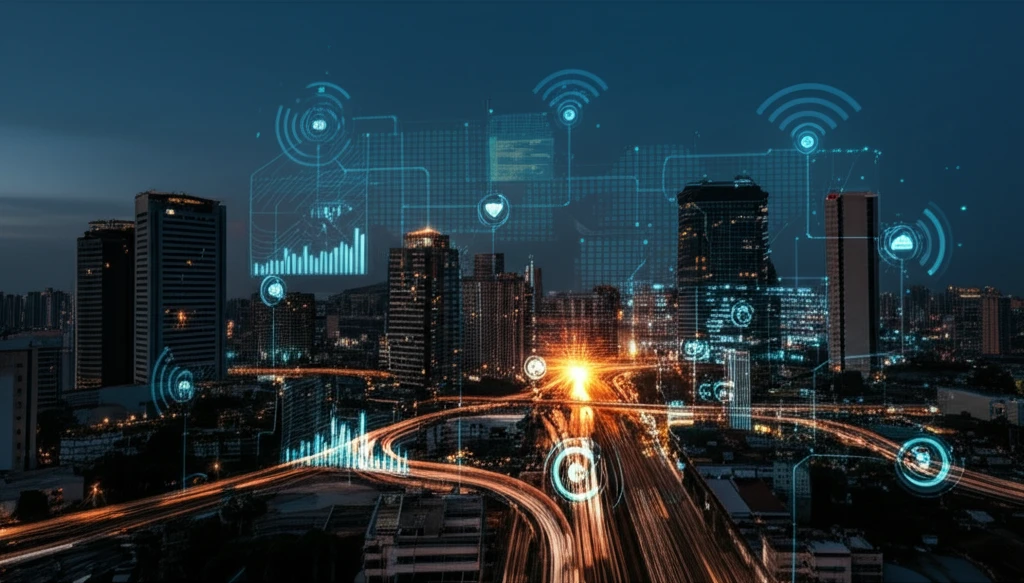
Decoding City Travel: How AI and Data Reveal Your Best Commute
"Uncover the hidden patterns in Bengaluru's transport choices using statistical and machine learning techniques. Find out how this knowledge can revolutionize urban planning."
Navigating a bustling city like Bengaluru can feel like solving a complex puzzle every single day. With its infamous traffic and variety of transport options, how do you decide the best way to get from A to B? For urban planners, understanding these everyday decisions is key to building better, more efficient cities.
Traditionally, city planners have relied on statistical models to predict our commuting habits. But now, machine learning is stepping into the spotlight, offering new ways to analyze and interpret the mountain of data generated by our daily travels. This article explores how these advanced techniques are being used to decode the secrets of urban mobility.
We'll break down a recent study that uses machine learning to understand transport choices in Bengaluru. Forget complex jargon – we'll focus on the practical insights, revealing how factors like cost, time, and even your income play a role in shaping your commute. This is the future of city planning, made simple.
What Drives Your Daily Commute? Unveiling the Key Factors

A recent study dug deep into the commuting habits of 1350 households in Bengaluru, focusing on those in low and low-middle income brackets. Researchers used everything from traditional statistical models to cutting-edge machine learning to understand how people choose their mode of transport. The goal? To find the most important factors influencing those decisions.
- Travel time and cost: How much time and money does each option take?
- Socio-economic factors: Income, vehicle ownership, gender, and age.
- Land use: Population density and employment opportunities in different areas of the city.
The Future of Urban Mobility: Data-Driven Decisions
This research offers a glimpse into the future of urban planning. By using data and machine learning to understand how people make transport choices, we can create cities that are more efficient, equitable, and sustainable. As technology evolves, expect even more sophisticated tools to help us navigate the complexities of urban life and build cities that truly serve their citizens.
